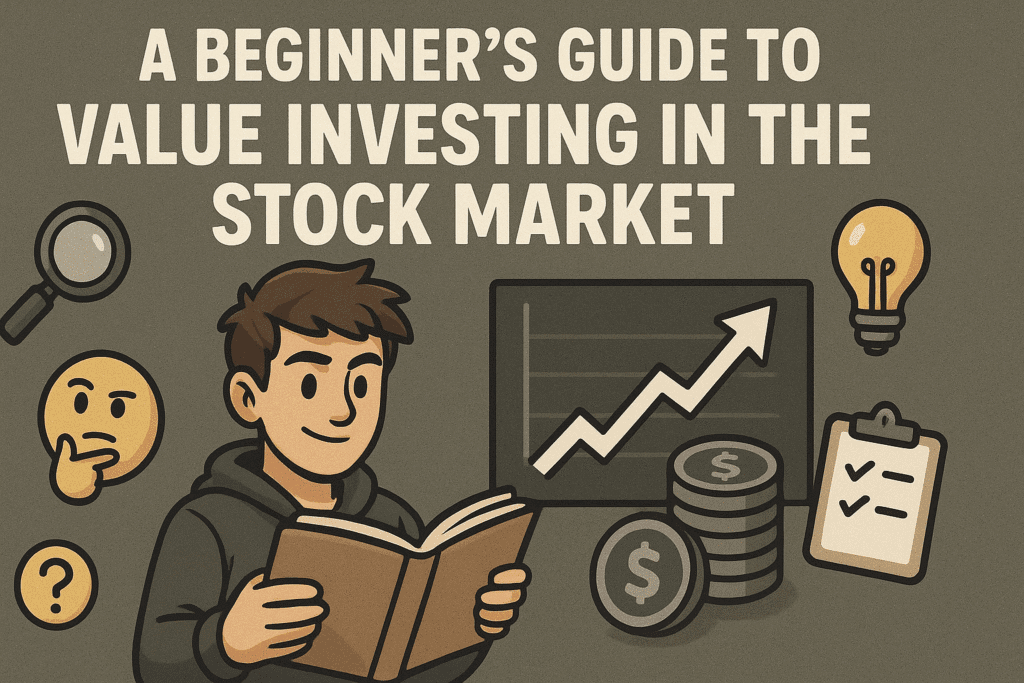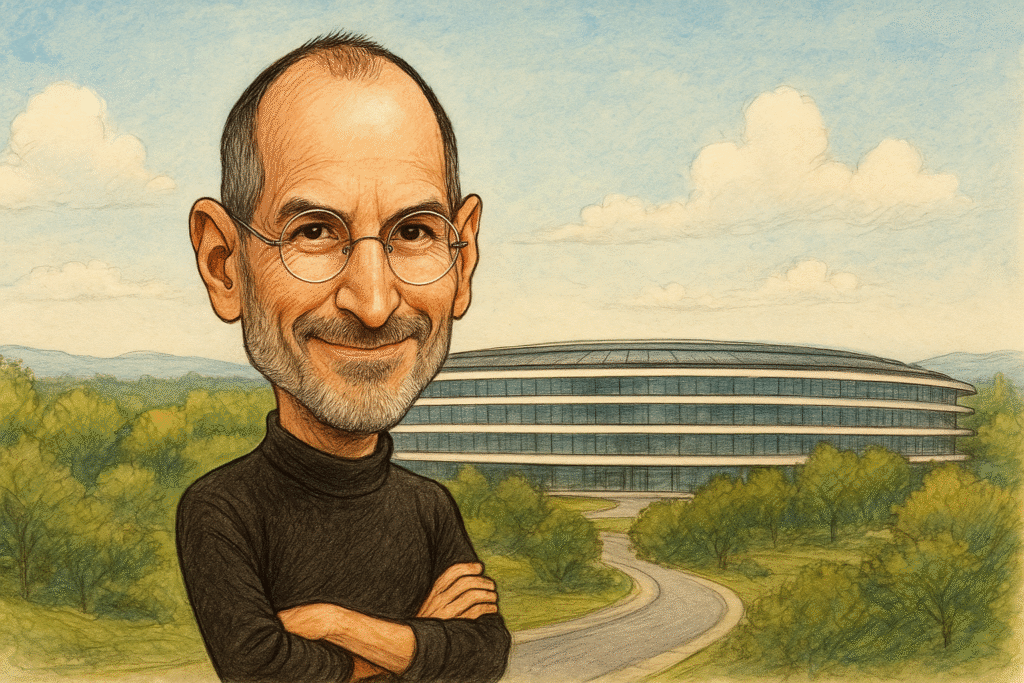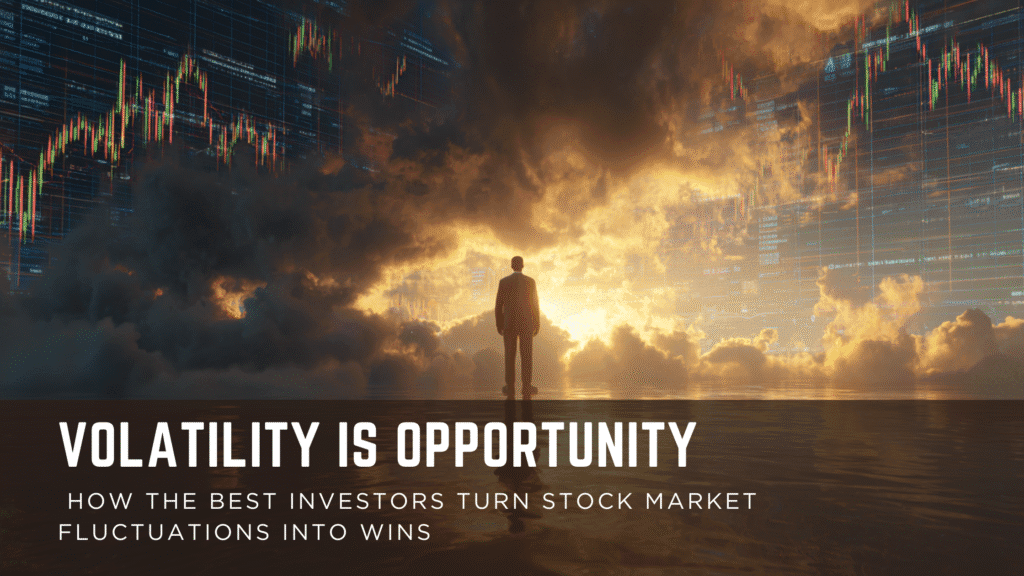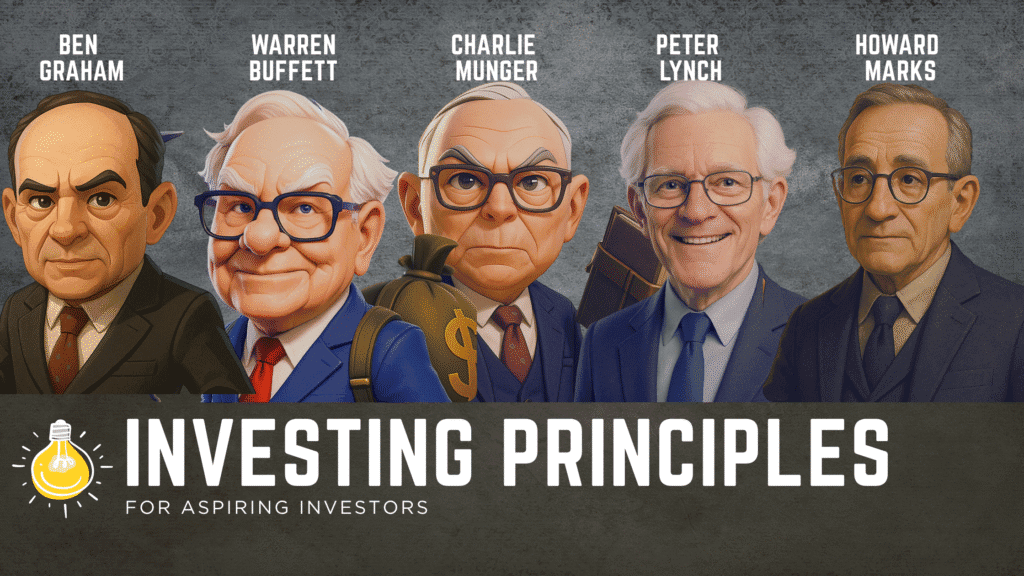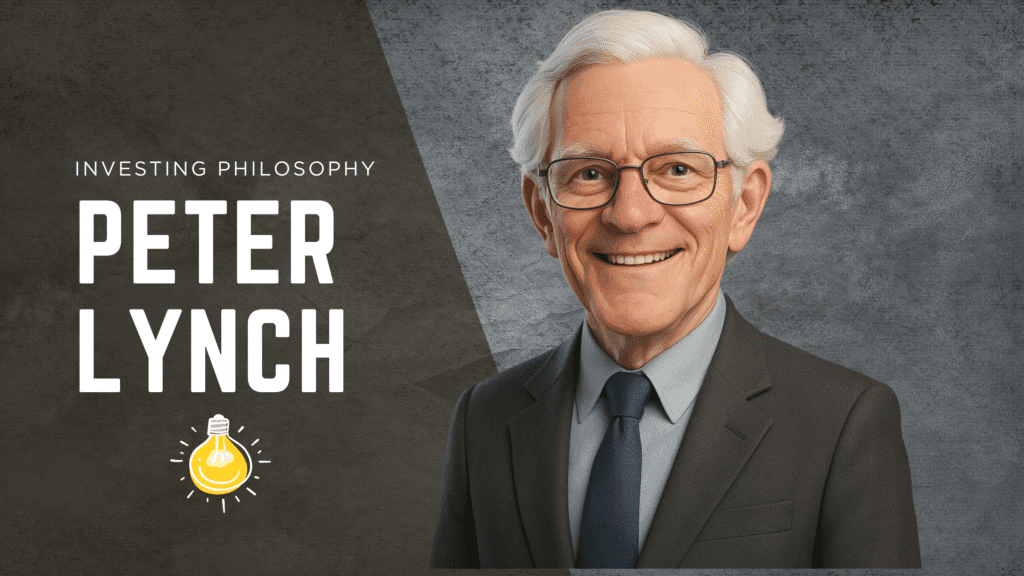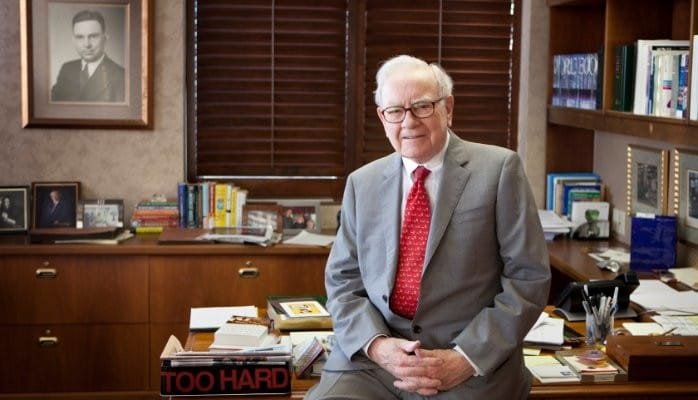Howard Marks’ Investment Philosophy:
10 Simple Lessons from a Master Investor
Howard Marks is one of the most respected investors in the world. He co-founded Oaktree Capital Management in 1995 and has been leading the firm for over 30 years. As of 2024, Oaktree manages more than $180 billion for its clients. What makes Marks special is not just how much money he manages, but how clearly he thinks—and how simply he explains complex ideas. So what is Howard Marks’ Investment Philosophy?
Marks writes memos that investors love. They’re full of wisdom about how markets work and how to think clearly in uncertain times. He’s also written the book ‘The Most Important Thing’ which is an important read for every investor. In this article, we’ll explore 10 quotes from Howard Marks and what they teach us about becoming better investors.
Here’s a quick summary of what Marks teaches us:
- Markets move in cycles. Learn to spot where we are.
- Stay patient. You don’t need to be active all the time.
- Risk is real. Protect your capital first.
- Think in probabilities. Nothing is certain.
- Be different. Sometimes the crowd is wrong.
- Keep it simple. Don’t overthink.
- Focus on the process. Not every decision will work, but a good process leads to good results over time.
- Margin of safety. Always build a cushion into your investments.
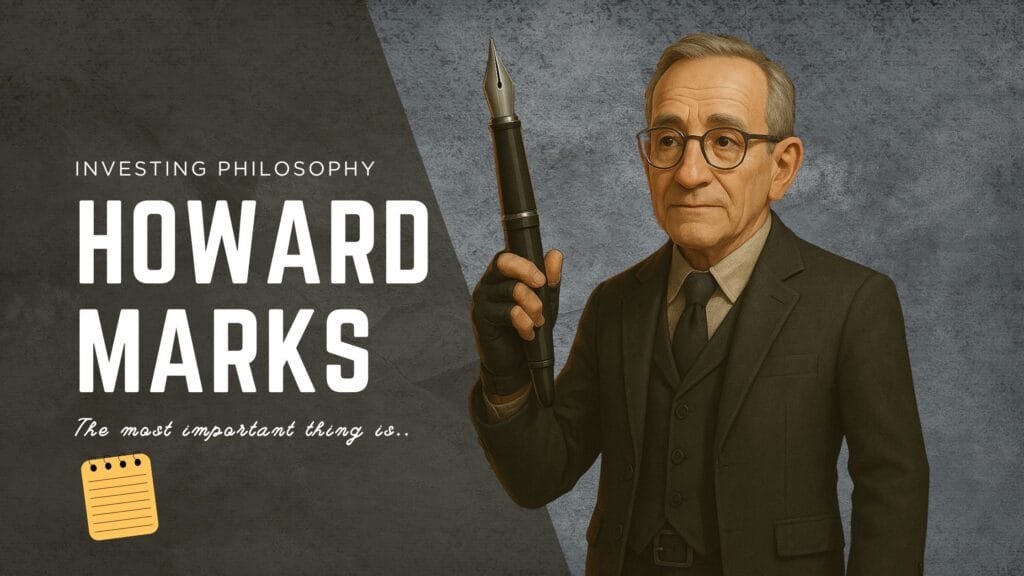
1. “Nothing goes in one direction forever. Just about everything is cyclical.”
Lesson: Markets are cyclical, they go up and down—nothing lasts forever.
Marks says markets move in cycles. When things are great, they don’t stay that way. And when things are bad, they usually improve. Knowing where we are in the cycle helps us make smarter decisions.
He often compares the market to a pendulum that swings back and forth. When optimism is high, prices swing too far in one direction. When fear takes over, they swing too far the other way. Marks advises investors to step back and ask, “Where are we in the cycle?” This question helps you avoid buying when things are overpriced and selling when they’re undervalued.
Example: After the 2008 financial crisis, most people were scared of stocks. Marks saw opportunity in undervalued assets, especially in struggling businesses. That smart timing led to great returns for Oaktree clients. Marks has said that the best investments often come at the moment of maximum pessimism.
2. “The best investors are either dead or inactive.”
Lesson: Sometimes, doing nothing is best.
This quote sounds funny, but there’s deep wisdom in it. Marks points out that many people lose money by trading too often. The urge to do something—to act—is strong. But the best investors know that patience pays off.
He believes most mistakes come from overconfidence or from reacting emotionally to market moves. By staying calm and inactive, you give your investments time to grow.
Example: Warren Buffett shares this idea too. He once said his favorite holding period is “forever.” He prefers to buy great companies and let them compound over time. Marks agrees: time, not timing, is what builds real wealth.
3. “Investment success doesn’t come from buying good things, but rather from buying things well.”
Lesson: Price matters. A great business can be a bad investment if it’s too expensive.
It’s not just what you buy, but how much you pay. Even average businesses can deliver strong returns if you buy them at a low enough price. And great businesses can disappoint if you pay too much.
Marks calls this the difference between value and price. Many people confuse the two. A stock may be popular, but that doesn’t make it a good investment.
Example: In the late 1990s, during the dot-com bubble, tech stocks soared. Many investors bought companies that had no profits, just hype. Marks avoided these stocks. He focused on businesses with real value, bought at reasonable prices. When the bubble burst, Oaktree avoided the worst of the damage.
4. “The paradox of investing is that things that seem most obvious—which everyone agrees on—turn out not to be true.”
Lesson: Investing is about probabilities, not certainties. What seems obvious may turn out to be not true!
Marks explains that the most popular beliefs in investing often turn out to be wrong. If something looks like a sure thing, it may turn out to not be the case. There are no guaranteed outcomes, because everything in investing comes with a range of possible results. That’s why clear and independent thinking are essential.
Example: During the US property boom of the early 2000s, the popular belief was that property prices will keep going up, until they came crashing down like a pack of cards during the 2008 financial crisis.
5. “There are old investors, and there are bold investors, but there are no old bold investors.”
Lesson: Managing risk is the key to staying in the game.
This quote is about survival. Investing is not about hitting home runs. It’s about avoiding big losses. Marks says the most important thing is to stay in the game.
He often reminds investors that taking wild risks can destroy your portfolio. Instead, you should focus on controlling risk, preserving capital, and being consistent.
Example: During the early 2000s and again in 2008, some funds used a lot of leverage to chase higher returns. When markets crashed, they suffered massive losses. Oaktree, by contrast, used less debt and stayed cautious. That allowed them to take advantage of opportunities when others were forced to sell.
6. “There’s a big difference between probability and outcome. Probable things fail to happen – and improbable things happen – all the time.”
Lesson: Even if something is likely, it might not happen—and vice versa.
This is one of Marks’ most important ideas. Just because something is likely doesn’t mean it will happen. And just because something happens doesn’t mean it was likely.
He says investors should think in terms of probabilities—not certainties. You can make a good decision and still lose money. What matters is the process, not the result.
Example: Before the housing crash in 2008, many thought the chances of a big downturn were low. But Marks believed that subprime mortgages were dangerous. Even if the risk seemed small, the potential damage was huge. So, Oaktree stayed away.
7. “Experience is what you get when you didn’t get what you wanted.”
Lesson: We learn the most from our mistakes.
Marks is a big believer in learning from failure. He says that every investor will make mistakes. What separates the great ones is how they respond.
He encourages young investors to keep journals, reflect on past decisions, and ask themselves what went wrong. This kind of honest feedback loop is essential for growth.
Example: Early in his career, Marks admits he was too focused on trends. He chased hot stocks. After losing money, he began studying value investing. That shift in mindset helped him build Oaktree into one of the world’s top investment firms.
8. “Surviving an error is irrelevant. You have to survive the bad days.”
Lesson: Always protect yourself from the worst-case scenario.
This quote is about risk management. Marks says it’s not enough to survive a few mistakes—you need to survive the worst moments. The big drawdowns are what destroy wealth.
He believes in preparing for the unknown. That means avoiding too much debt, diversifying your portfolio, and being cautious in good times.
Example: Oaktree is known for being conservative. They don’t chase returns with risky bets. Instead, they focus on downside protection. This strategy helped them during the tech crash, the 2008 recession, and the COVID crisis.
9. “For some reason, because of the way investor psychology works, people switch from only seeing the good to seeing only the bad.”
Lesson: Market sentiment can swing too far in both directions.
Marks emphasizes that investor emotions are often extreme. When things are going well, people see only the positives. When things turn sour, all they see are negatives. This emotional swing causes prices to move far from reality—creating both bubbles and bargains.
Understanding this shift in sentiment helps investors act more rationally. Instead of following the crowd, Marks advises stepping back and asking: “What’s really happening underneath the emotion?”
Example: In late 2021, tech stocks were loved. Investors focused on innovation and growth, ignoring high valuations. By mid-2022, the same stocks were hated—investors only saw rising interest rates and slowing earnings. Marks encourages level-headed thinking during both phases. Recognize that markets overreact in both directions, and real value often lies somewhere in the middle.
10. “The best defense against loss is thorough, insightful analysis and insistence on what Warren Buffett calls ‘margin of safety’.”
Lesson: Build a cushion into every investment.
The future is uncertain. No one knows what will happen next. That’s why Marks stresses the importance of a “margin of safety.” This means buying investments that are worth more than you’re paying.
He also believes in deep research. The more you understand what you’re buying, the better you can handle surprises.
Example: Value investors often buy companies with strong balance sheets and low prices. That gives them room for error if something goes wrong. Marks uses this idea in distressed debt investing—buying the bonds of troubled companies at a discount. Even if things get worse, there’s a buffer.
Final Thoughts
Howard Marks doesn’t chase trends. He focuses on what works over time: understanding risk, thinking clearly, and acting with discipline. He teaches us to stay calm, be patient, and avoid big mistakes.
His memos, like The Most Important Thing and Mastering the Market Cycle, are full of wisdom. They’re not about guessing the next hot stock—they’re about how to think.
In a noisy world full of hot takes and hype, Howard Marks’ voice is steady and thoughtful. For anyone who wants to become a better investor, his lessons are a great place to start.
If you like Howard Marks’ quotes, you might like our Howard Marks Quotes Frame:
Howard Marks Best Quotes – Wall Art
This Howard Marks Best Quotes Wall Art celebrates the wisdom of legendary investor Howard Marks. A perfect gift for finance lovers, traders, and value investors — ideal for home offices, trading desks, or study spaces.


